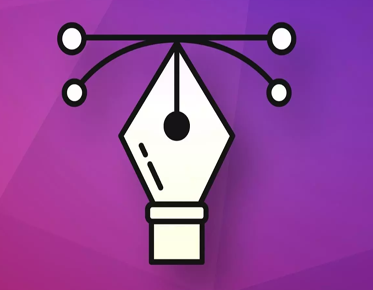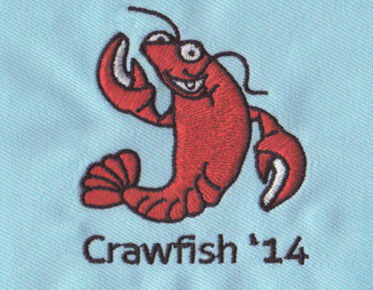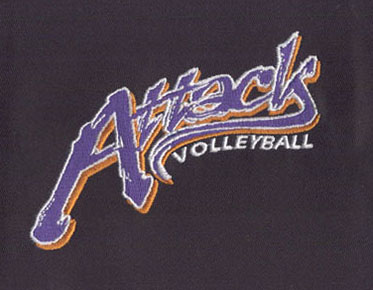7 Simple Steps to Converting Your Raster Images Into Vector
Working with fingerprints in a virtual
international environment requires you to be familiar with vector machines. raster conversion. You can
optimistically navigate the virtual artwork, in case you realize the
complications of every of those illustration codecs and the way they've an
effect on your affair. The raster-to-vector provider will translate the image
into a vector layout. What exactly is vector distribution? Unlike raster
prints, which may consist of bits or pixels, vector prints are created with
geometric patterns and subtle patterns.
What exactly is a raster image?
Raster snaps consist of male or female pixels
and contain a wide variety of basic elements. Still, you can't grow Nice
without burning them. Vector pictures consist of traces and shapes. They are
usually mostly less defined, but you can customize them to any length you
choose without losing anything. However, the option is to convert the picture
to vector, which you can negotiate with Adobe Illustrator, if you have raster
images, which are too small in your requirements.
What exactly is a vector image?
A vector image map is a scalable image composed
of values instead of pixels. The sophistication of snapshots found online is
raster print. Raster prints create pictures by using square pixels (color
bits). Vector printing rents scalable shaded polygons to discuss color. Also
known to convert images to a Poldado.
Because vector film spaces rent dynamic shadows
instead of static locations, they produce stunning lines and clean tones.
Vector snapshots have an apparent graphic that makes them decision-free. This
means that prints now no longer lose their beauty, regardless of whether they
are measured up or down, because the color polygons in the vector image retain
their shape. The exact same is not true for raster prints, since their shading
records are stretched when resizing.
Type of snapshot
You should have previously spotted the
difference between the two snaps based primarily entirely on their train
construction. Raster capture is the preferred picture graphics codec for JPG
and GIF compliance, while vector prints are usually in SVG, EPS, or AI layouts.
One way to change a jpg report to vector in Adobe Illustrator is to measure
whatever you find to your desired scale without throwing away the nice
pictures.
It's a short and simple fashion that yields
super merchandise. Adobe Illustrator makes it easy to convert prints to vectors
without compromising aesthetics. Then there's the step-by-step guide to
vectorizing images. Then there's the method of converting pictures to vectors
using Adobe Illustrator. So let's start by changing the image directly to a
vector.
Step 1 What
exactly is a vector image
In addition to large snapshots that may also
take longer to edit, pictures you manipulate may not flash back when using rear
fashion. There are many engravings, but the bone
Header artwork as a vector print is more
advanced than others. Its highest rating is for adapting an unrelated task to
replace geography or something like that. To be flawless, the image should have
a white or seen text history and a specific low decision. It should be in a
layout like jpg, gif or png
Step 2 Choose Picture Suggestion Preset
Illustrator offers a completely unique facility
that allows you to vectorize your snapshots. It's called Picture Prompt, and it
comes with a series of settings that execute automatically outside of work.
Rather, you should choose images to suggest presets that show with maximum
precision the type of image you are changing, as each image will offer a
specific item. Will feature two of the infamous tonal picture tracking presets
Argentina Image Tracking Preset Sun Sunglasses
Outline Image Prompt Preset
You can choose from overly thick pictures and the
occasional constant picture.
Very specific carrier
These induce very specific vector snaps that
can be defined much less. They're stylish for snaps or state-of-the-art
artwork, matching case images in 3 colors, 6 shades, and 16 shades.
These presets produce vector captures with 3, 6
or 16 shades. They're stylish for totems or artwork, with plenty of flat colors
and shades of gray. This preset creates deep grayscale images. This item has a
minimal logo with tones – black and white. It further features sketch artwork,
outlines, line artwork and professional depictions. These are very satisfying
for a genre of cinematic territory, producing black and white, mostly line - mostly
grounded full depictions
First, open Illustrator and select your image
to activate the picture options. These selections should appear on the top of
the Illustrator window. To convert snap snaps to vectors in Illustrator, select
your preset by clicking the drop-down arrow behind the image suggestion.
Step 3 Vectorize the Image Using Snapshot
Tracking
When you press the button, your image will be
automatically traced. You can also observe many adaptations on the picture, but
the average appearance should remain harmonious. To illustrate this, the back
is a close-up of a picture map earlier than the tracing program. Approximation
of a pre-vectorized image map showing pixels
Drone on picture map after vectorization. In
fact, the traced model appears to be mostly sharper, despite the fact that this
piece has been excluded from the unique picture. You'll observe that the color
bureaucracy is now no longer pixelated no matter how close the camera zooms in.
Zoom out and the image should look the same in reality.
While top-picture diagrams may also look
sharper in many cases, the advantages of vectorizing photograms are still
relatively lacking.
Step 4 Improve the quality of the tracking
image
After tracking the image, go to the Image Hints
panel from the Window menu to finely track transitions. Change the mode to
switch between color, grayscale, and black and white. Drag the Color slider to
the left to simplify vector graphics, or into position to point to smaller
essentials.
However, click the Adapt Preset button behind
the preset options if you're happy with the settings together and want to
exercise them. Your selections can now also be saved as brand new presets.
Step 5 Separate the colors
Your picture diagram is now ready with colorful
shapes that resemble unique raster pictures. To vectorize the image as a whole,
you may need to account for these color business changes. To negotiate this,
select your tracking picture and click "Make Larger Selection" on the
top of the window. Select "Make bigger choices."
This will help you see the compound bureaucracy
of vector images. These shapes are all mentioned in blue. Also, correct - click
on the picture and choose Ungroup from the menu. This can also help you divide
the color shapes into aspects of a person. When you click right in the layers
panel and choose ungroup, you may find that your color business is divided into
layers.
Step 6 Change the vector image
After changing a raster picture to a vector
picture, you have complete freedom to adapt the picture. First, use whatever
color company you like.
You can also select the entire coloring firm
> by clicking on the shape and selecting Equal > Fill Color. This will
select all businesses that have the same color as the unique decision using
your immediate needs device
(a). Select the appropriate vector shape
Also, in your keyboard, use the backspace key
to abolish bureaucracy. However, you can negotiate, with the help of a
selection subcaste, using the direct selection facility, if you want to stretch
or extend a particular color group. After identifying the subcaste, use a pen
or encounter gear to fill in clean areas or upload smaller tones on the design.
Also check out ZDIGITING Embroidery Digitization Services.
Step 7 Save the snapshot
We are now ready for the final step of
converting the image to vector in Illustrator to keep it looking great. There
are many vector image codecs to choose from, including PDF, AI, EPS, SVG, and
more.
After editing the image, visit Reports >
Import > Import As. In the window, recall your record and select SVG from
the store as a selection. Save vectorized images as SVG.



